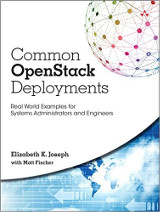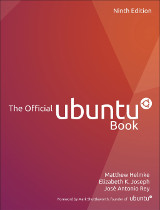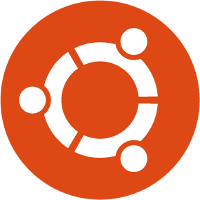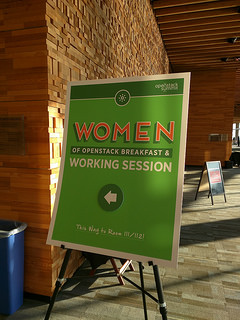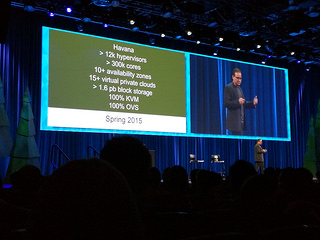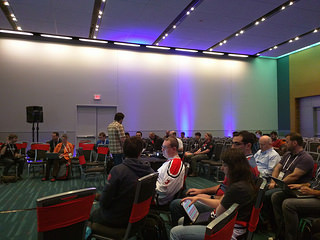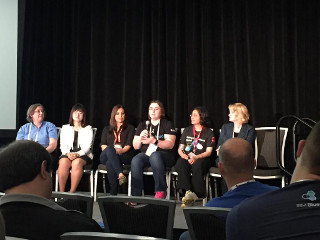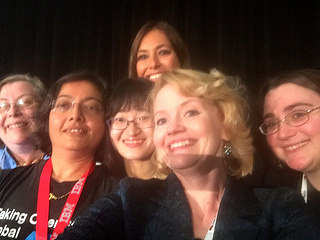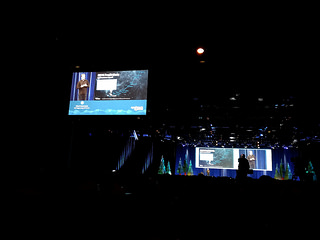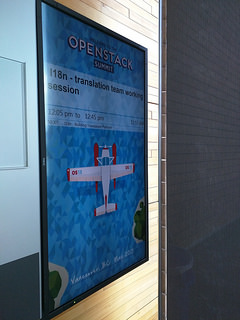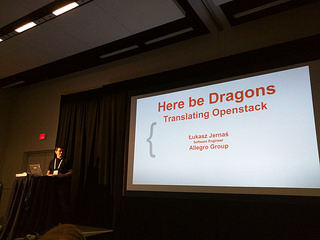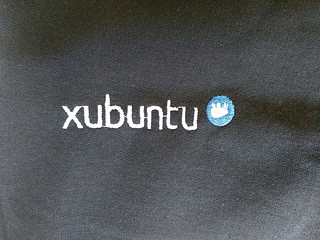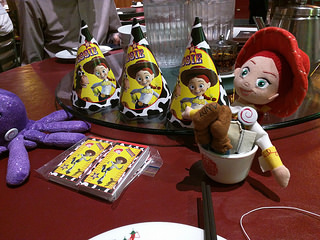I’m home for the entire month of June! Looking back through my travel schedule, the last month I didn’t get on a plane was March of 2013. The travel-loving part of me is a little sad about breaking my streak, but given that it’s June and I’ve already given 8 presentations in 5 countries across 3 continents, I’m due for this break from travel. It’s not a break from work though, I’ve had to really hunker down on some projects I’m working on at work now that I have solid chunks of time to concentrate, and some serious due dates for my book are looming. I’ve also been tired, which prompted an extensive pile of blood work that had some troubling results that I’m now working with a specialist to get to the bottom of. I’m continuing to run and improve my diet by eating more fresh, green things which have traditionally helped bump my energy level because I’m treating my body better, but lately they both just make me more tired. And ultimately, tired means some evenings I spend more time watching True Blood and The Good Wife than I should with all these book deadlines creeping up. Don’t tell my editor ;)
I’m also getting lots of kitty snuggles as I remain at home, and lots of opportunities to take cute kitty pictures.

I continue to take Saturdays off, which continues to be my primary burnout protection mechanism. I’ve continued to evolve what this day off means. While originally inspired by the Jewish tradition of Shabbat, and we practice Shabbat rituals in our home (candles, challah, etc), and I continue to avoid work, the definition of work is in flux for me. Early on, I’d still check “personal” email and social media, until I discovered that there’s no such thing, with my open source volunteer work, open source day job and personal life so intertwined. There recently have also been some considerable stresses related to my volunteer open source work, which I want to have a break from on my day off. So currently I work hard to avoid checking email and social media, even though it’s still a struggle. It’s caused me to learn how much of a slave I’ve become to my phone. It beeps, I leap for it. Having a day off has caused me to create discipline around my relationship with my phone, so even on days when I’m working, I’m less inclined to prioritize phone beeps over the work I’m currently engaged in, leading to a greater ability to focus. Sorry to people who randomly text or direct message me on Twitter/Facebook expecting an immediate response, it will rarely happen.
So currently, my Saturdays often include either:
- Attending Synagogue services with MJ and having a lunch out together
- Going to some museum, movie or cultural event with MJ
- Staying home and reading, writing, catching up with some online classes or working on hobby projects
I had played around with avoiding computers entirely on Saturdays, but on home days I realized I’d get bored too easily if I’m reading all day and some times I’m really not in the mood for my offline activities. When I get bored, I end up napping or watching TV instead, neither of which are rejuvenating or satisfying, and I end up just feeling sad about wasting the day. So my criteria has shifted to “not work” to including fun, enriching projects that I likely don’t have time or energy for on my other six “working” days. I have struggled with whether these hobbies should be on my to do list or not, since putting them on my list adds a level of structure that can lead to stress, but my coping habit for task organization makes leaving them off a challenging mental exercise. Writing here in my blog also requires a computer, and these days off give me ample time for ideas to settle and finally have some quite time to get my thoughts in order and write without distraction. Though I do have to admit that buying a vintage mechanical typewriter has crossed my mind more than a few times. Which reminds me, have any recommendations? Aside from divorce lawyers and a bigger home in the event that I drive MJ crazy. I also watch videos associated with various electronics projects and online classes I’m learning for fun (Arduinos! History and anthropology!), so a computer or tablet is regularly involved there.
It’s still not perfect. My stress levels have been high this year and we’ve booked a weekend at a beautiful inn and spa in Sonoma next weekend to unplug away from the random tasks that come from spending our weekends at home. I’m counting down the hours.
Last weekend was a lot of fun though, even if I was still stressed. On Saturday we went on a Blackpool Boat Tram Tour along the F-line. I’ve been looking for an opportunity to ride on this “topless” street car for years, but the charters always conflicted with my travel schedule, until last weekend! MJ and I booked tickets and at 1:30PM on Saturday we were on our way down Market Street.
As the title of the tour suggests, these unusually styled street cars come from Blackpool, England, a region known for their seaside activities, including Blackpool Pleasure Beach where they now have the first Wallace and Gromit theme park ride, Wallace & Gromit’s Thrill-O-Matic ride! Well, they also have a tramway where these cars came from, and California now has three of them – two functioning ones operated here in the city by MUNI and maintained by the Market Street Railway non-profit, which I’m a member of and conducted this charter.
We met at 1:15 to pick up our tickets, browse through the little SF Railyway Museum and capture some pre-travel photos of the boat tram.
Upon boarding, we took seats at the back of the street car. The tour was in two parts, half of it guided by a representative from Market Street Railway who gave some history of the transportation lines themselves as we glided up Market Street along the standard F-line until getting to Castro where a slightly different route was taken to turn back on to Market.
At the turn around near Castro, the guides swapped places and we got a representative from San Francisco City Guides who typically does walking tours of the city. As a local enthusiast he was able to give us details about the major landmarks along Market and up the Embarcadero as we made our way up to Pier 39. I knew most of what both guides told us, but there were a few bits of knowledge I was excited to learn. I was also reminded of the ~12 minute A Trip Down Market Street, 1906 that was taken just days before the earthquake in 1906 that destroyed many of the buildings seen in the video. Fascinating stuff.
At Pier 39 we had the opportunity to get out of the car and take some pictures around it, including the obligatory pictures of ourselves!
The trip lasted a couple hours, and with the open top of the car I managed to get a bit of sunburn on my face, oops!
More photos from the tram tour can be found here: https://www.flickr.com/photos/pleia2/sets/72157654163687542
Sunday morning I took advantage of the de-stressing qualities of a visit to the zoo.
I finally got to see all three of the red pandas. It had been some time since I’d seen their exhibit, and last time only one of them was there. It was fun to see all three of them together, two of them climbing the trees (pictured below) and the third walking around the ground of the enclosure. I’m kind of jealous of their epic tree houses.
Also got to swing by the sea lions Henry and Silent Knight, with Henry playing king of the rock in the middle of their pool.
More photos here: https://www.flickr.com/photos/pleia2/sets/72157654194707041
In other miscellaneous life things, MJ and I made it out to see Mad Max: Fury Road recently. It’s been several months since I’d been to a theater, and probably over a year since MJ and I had gone to a movie together, so it was a nice change of pace. Plus, it was a fun, mind-numbing movie that took my mind off my ever-growing task list. MJ and I have also been able to spend several nice dinners together, including indulging in a Brazilian Steakhouse one evening and fondue another night. In spite of these things, with running, improved breakfast and lunch and mostly skipping desserts I’ve dropped 5lbs in the past month, which is not rapid weight loss but is being done in a way that’s sustainable without completely eliminating the things I love (including my craft beer hobby). Hooray!
I’ve cut back on events, sadly turning down invitations to local panels and presentations in favor of staying home and working on my book during my off-work hours. I did host an Ubuntu Hour this week though.
Next week I’m planning on popping over to a nearby Ubuntu/Juju Mine and Mingle. I’ll also be heading down to the south end of the east bay for an EBLUG meeting where they’ve graciously offered to host space, time and expertise for an evening of discussing work on some servers that Partimus is planning on deploying in some of the schools we work with. It will be great to meet up and chat with some of the volunteers who I’ve largely only worked on thus far online, and to block off some of my own time for the raw technical tasks that Partimus needs to be focusing on but I’ve been suffering from time constraints around.
I really am looking forward to that spa weekend, but for now I’m rounding out my relaxing Saturday and preparing for get-things-done Sunday!
